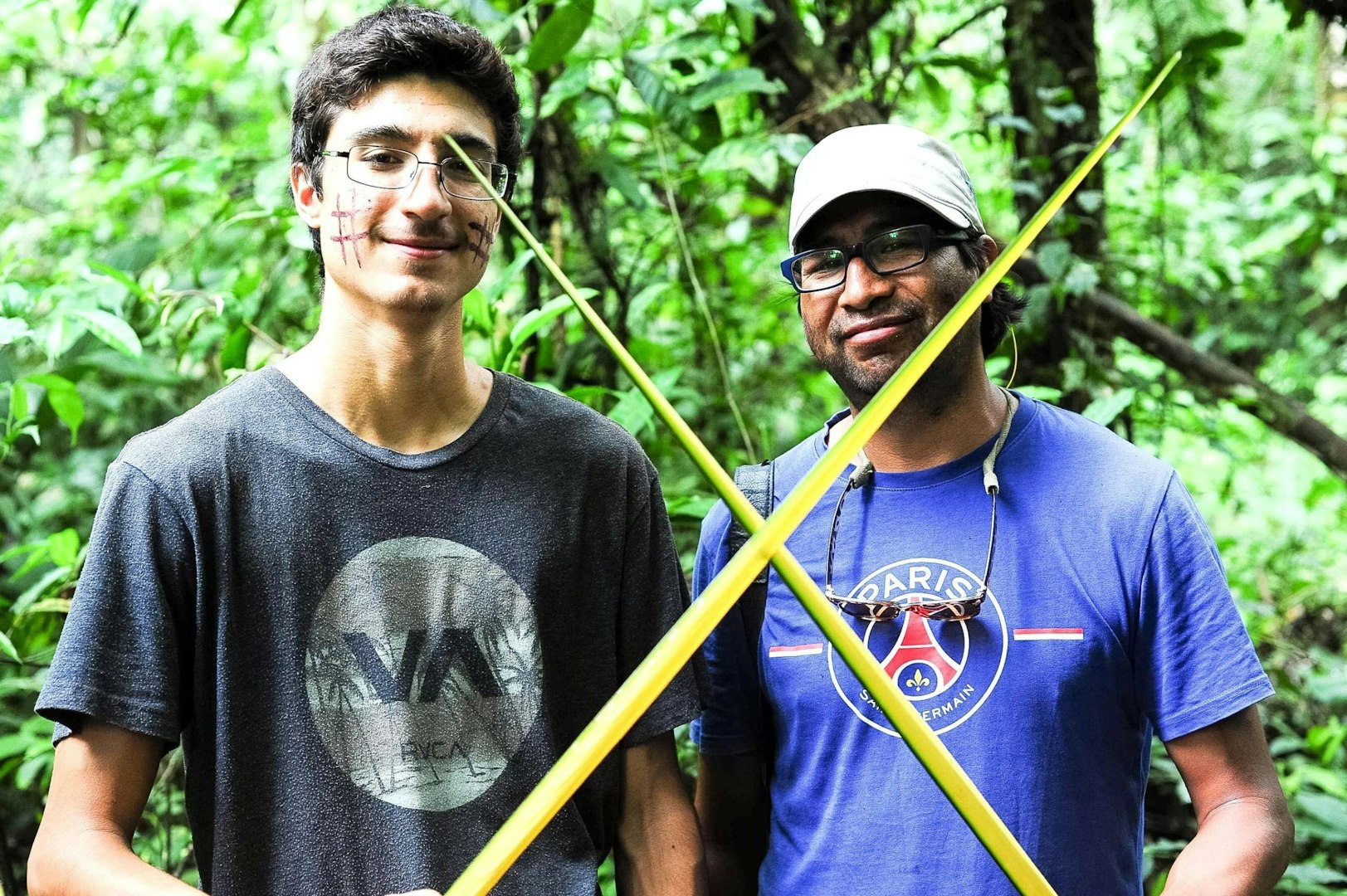A gap year is a structured, intentional break from formal education—usually after high school or before college—focused on experiential learning through travel, work, service, internships, or skill development.
When designed with clear goals and structure, a gap year can improve academic readiness, independence, mental health, and long-term career clarity.
- Best for: Students who want clarity, confidence, skills, or real-world experience before committing to a major or career path
- Typical length: 3–12 months (a semester or summer “mini-gap” is common too)
- Most successful gap years include: a weekly routine, measurable milestones, and a clear re-entry plan
Many students take a pre-college gap year, while others use a bridge year before graduate school or during career transitions. In the U.S., colleges that allow deferrals often outline expectations for how students should spend their year.
Internationally, gap years sometimes take the form of OE (Overseas Experience) programs—structured experiences that combine travel, community service, skill-building, and cultural immersion.
Rustic Pathways has guided students on structured gap year and experiential travel programs for over 40 years, supporting thousands of students across more than 38 countries.

What You Can Do During a Gap Year
Most students mix multiple activities such as working, traveling, volunteering, and building skills throughout their year. Popular paths include:
- Work: Save money or fund travel, build workplace skills, and gain independence.
- Intern: Learn career skills through hands-on professional experience.
- Study or PG year: Strengthen academics, build study habits, or complete a transition year before college.
- Travel: Develop independence and global awareness through immersive options such as Gap in Thailand.
- Volunteer: Participate in community-based service such as the South Pacific Service & Ocean Skills Program.
- Language immersion: Build fluency in programs like Spanish Immersion & Service.
Common Gap Year Activities at a Glance
| Activity | Main Goal | Typical Outcomes |
| Travel / OE | Independence, cultural immersion | Global awareness, adaptability |
| Work | Earn money | Financial savings, responsibility |
| Internship | Career exploration | Professional skills, clarity |
| Volunteering | Community impact | Empathy, leadership |
| PG academic year | Academic improvement | College readiness |
| Language immersion | Skill building | Fluency, cultural knowledge |
Helpful:
Gap Year Benefits
Gap years consistently show measurable benefits. Students gain clarity, resilience, confidence, and improved academic focus. Real-world experience helps shape stronger essays, career decisions, and long-term wellbeing. Many of these outcomes align with what students achieve in immersive cultural programs.

Key Benefits
- Personal growth & independence
- Clearer sense of purpose and motivation
- Mental health & burnout recovery
- Real-world skill development
- Stronger academic outcomes
- Career exploration
- Global perspective
- Better college applications
Explore next:
Pros and Cons of Taking a Gap Year in 2026

For many, a gap year is absolutely worth it but planning is essential.
Pros
- Personal growth
- Time to explore interests
- Travel or OE experience
- Resume-building work or service
- Improved mental health
- Stronger essays
Cons
- Loss of academic momentum
- Cost of travel/programs
- Delayed college/career start
- Planning complexity
- Need for structure
Pros and Cons at a Glance
| Pros | Cons |
| Personal maturity | Possible loss of momentum |
| Travel immersion | Program costs |
| Work/intern experience | Delay in education |
| Burnout recovery | Planning effort |
| Stronger applications | Re-entry challenge |
Also read:
Is a Gap Year Worth It?

Yes — a gap year is worth it when it is planned with clear goals, structure, and intentional learning experiences.
A gap year produces long-term benefits. Students often return to school with higher academic motivation, stronger focus, and more clarity about majors or careers. Many students choose guided gap year programs to add structure and reduce planning stress.
Read Advice from Gap Parents here →
How to Plan a Gap Year (Step-by-Step)
Step 1 – Define Your Goals
Your goals shape your year. Students planning a gap year after high school often focus on personal growth, travel, or exploring academic interests.
Step 2 – Choose a Format
- Self-designed gap year
- Structured programs (program directory)
- PG “super senior” academic year
- Language immersion
- Internships
- Work + travel hybrid
Step 3 – Build a Budget
Use the cost ranges below to estimate expenses or explore low-cost service programs through service & ocean skills programs.
Sample Gap Year Budget
| Category | Low | Mid | High |
| Travel | $1,200–$2,500 | $3,000–$6,500 | $7,000–$15,000+ |
| Housing | $0–$3,000 | $4,000–$8,000 | $10,000+ |
| Programs | $0–$2,000 | $2,500–$8,000 | $10,000–$20,000+ |
Step 4 – Safety & Logistics
Plan ahead for passports, visas, gap year insurance coverage, and emergency contacts.
Step 5 – College Deferment
Colleges outline specific rules in their deferment policies. Learn how deferral works in our Gap Year College Deferral Guide.
Helpful for planning:
Gap Year and College Admissions
Many colleges welcome structured gap year experiences and outline expectations in deferral policies. Students who follow a well-planned year often produce deeper essays, clearer academic reasoning, and stronger applications.
Learn more:
Types of Gap Year Programs

Explore different program types in our comprehensive Gap Year Programs Guide.
- Travel programs: Explore the world through structured itineraries.
- Service programs: Help communities while gaining leadership skills.
- Language immersion: Join programs like Spanish Immersion & Service.
- Adventure & outdoor skills: Programs like South Pacific Service & Ocean Skills.
- Career programs: Internships, co-ops, or job placements.
- Hybrid programs: Combine travel, service, work, and study.
Program ideas:
Adult, Mid-Life, and Retirement Gap Years

Adults are increasingly taking mid-career sabbaticals or pre-retirement gap years. These often mirror the structure of traditional gap year programs, focusing on travel, community service, skill-building, or long-term cultural immersion.
Alternatives to a Full Gap Year
Shorter experiences offer many of the same benefits as a full gap year. Options include:
- Summer gap
- Semester gap
- Domestic travel/service
- Remote internships
- Partial PG year
You may also like:
